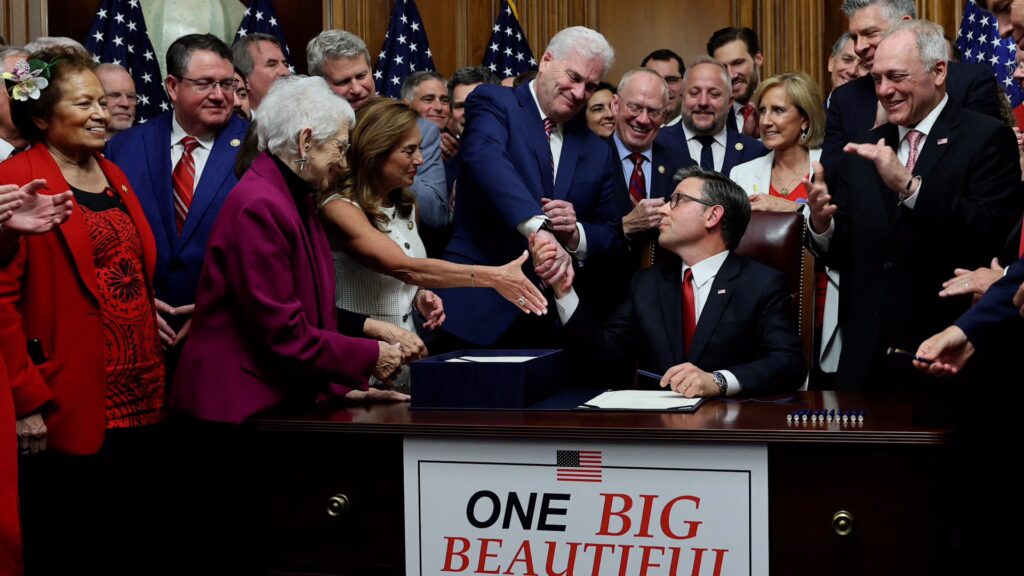At Sustainable Action Now, we believe that real change begins with decisive action. Today, we are thrilled to present our inaugural “Sustainable Action Now Report,” highlighting a pivotal moment in our collective journey towards a more sustainable future. This report delves into a significant legislative development that underscores the growing commitment to environmental stewardship within the halls of power. It’s a testament to what can be achieved when policy aligns with planetary well-being.
Unpacking the Legislative Milestone: H.R. 1 and H. Res. 566
The recent passage in the House of Representatives concerning the Senate amendment to H.R. 1, facilitated by H. Res. 566, marks a critical juncture for environmental policy. While legislative language can often seem complex and opaque, understanding its implications is crucial for anyone invested in sustainability.
At its core, H.R. 1 is a foundational piece of legislation. Though its specific provisions can vary depending on the legislative session, in the context of this discussion, it represents a comprehensive bill designed to address significant national priorities. When such a bill is amended by the Senate, it signifies a collaborative, albeit often challenging, process between the two chambers of Congress to refine and strengthen proposed laws.
The mechanism for considering this Senate amendment was H. Res. 566. This resolution, known as a “special rule,” dictates the terms of debate and amendment for a particular bill on the House floor. In this instance, H. Res. 566 provided for the consideration of the Senate’s changes to H.R. 1, paving the way for a vote on its ultimate form. The fact that it “Passed” in the House means that the legislative body agreed to move forward with the bill, including the Senate’s revisions, bringing it one step closer to becoming law.
A key element highlighted in this legislative journey is “reconciliation pursuant to title II of H. Con. Res. 14.” Reconciliation is a powerful legislative tool that allows Congress to pass certain legislation related to spending, revenues, and the federal debt limit with a simple majority in the Senate, bypassing the filibuster. This procedural advantage is often employed for significant policy shifts, particularly those with substantial budgetary implications. The reference to “title II of H. Con. Res. 14” indicates that this specific reconciliation process was initiated under the framework established by a prior budget resolution, setting the stage for H.R. 1 to potentially enact far-reaching changes.
For those deeply engaged in the fight against climate change, understanding these legislative nuances is vital. Policy decisions made at this level have profound and lasting impacts on our environment, our economy, and our future. To learn more about how legislative action intersects with environmental goals, explore our dedicated resources on climate policy.
The Significance for Sustainable Action Now
The successful passage of this measure in the House is more than just a procedural victory; it’s a powerful signal. It demonstrates a legislative body’s capacity and willingness to advance significant policy, potentially including provisions that foster sustainable practices, invest in renewable energy, protect natural resources, or mitigate the impacts of climate change.
For Sustainable Action Now, this legislative movement reinforces our core mission: to advocate for and facilitate tangible steps towards a greener planet. When bills like H.R. 1 move forward through the reconciliation process, they often carry the potential for substantial funding and regulatory changes that can accelerate the transition to a low-carbon economy. This could mean:
- Increased Investment in Green Technologies: Directing federal funds towards research, development, and deployment of renewable energy sources, energy efficiency solutions, and sustainable infrastructure.
- Enhanced Environmental Protections: Strengthening regulations to reduce pollution, conserve biodiversity, and safeguard ecosystems.
- Support for Climate Resilience: Funding initiatives to help communities adapt to the inevitable impacts of climate change, such as extreme weather events and rising sea levels.
- Job Creation in Green Sectors: Stimulating economic growth through the expansion of industries focused on sustainability.
This legislative action, therefore, is not merely about a bill; it’s about the potential for a paradigm shift. It represents an opportunity to embed sustainability principles deeply within national policy, creating a ripple effect that can inspire states, local communities, and private sectors to follow suit.
Why This Matters for SEO and Our Website
In the digital age, visibility is key to impact. This “Sustainable Action Now Report” is crafted not only to inform but also to engage and attract a wider audience. By detailing the legislative process and its implications for sustainability, we aim to:
- Boost Organic Search Traffic: Using relevant keywords such as “sustainable action,” “climate policy,” “environmental legislation,” “H.R. 1,” and “reconciliation” helps search engines connect our content with individuals actively seeking information on these critical topics.
- Establish Thought Leadership: Providing in-depth analysis of complex legislative actions positions Sustainable Action Now as a trusted authority and a go-to resource for environmental policy insights.
- Enhance User Engagement: A well-structured, informative, and engaging article encourages visitors to spend more time on our site, explore other content, and potentially become active supporters of our mission.
- Drive Action: By clearly articulating the significance of these policy developments, we empower our audience to understand how their advocacy and support can contribute to meaningful change. We encourage you to delve deeper into our climate initiatives to see how you can get involved.
Looking Ahead: The Path to a Sustainable Future
The passage of H. Res. 566 and the subsequent advancement of H.R. 1 through the House is a significant step, but it is just one step in a much longer journey. Legislation must still navigate the Senate, potentially undergo further amendments, and ultimately receive presidential assent to become law. The path is often fraught with challenges, but each successful legislative maneuver builds momentum.
At Sustainable Action Now, we remain committed to monitoring these developments, providing clear and concise analysis, and continuing our advocacy efforts. We believe that an informed public is an empowered public, and by shedding light on the intricacies of policy-making, we enable greater participation and support for sustainable initiatives.
We invite you to join us in this crucial endeavor. Whether through staying informed, advocating for policy changes, or adopting sustainable practices in your daily life, every action contributes to the collective effort. Together, we can turn legislative milestones into lasting environmental triumphs. For more insights and ways to contribute, visit our climate action section.


